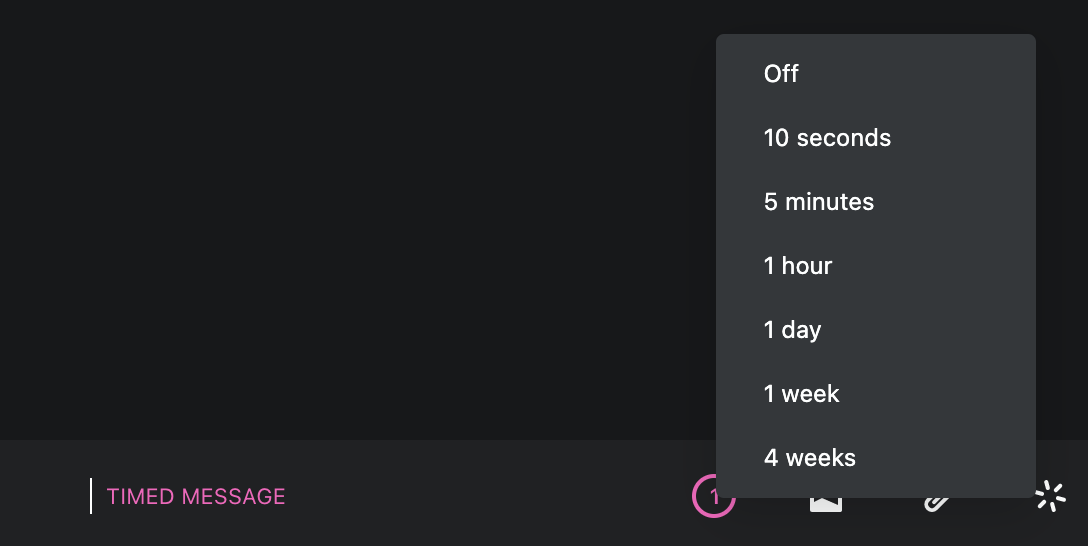The Design Problem ¶
In a centralized world, all content is managed by a single provider. It controls when and where data is stored.
However, peer-to-peer applications like BitTorrent flip this concept on its head. There is no single provider who decides when and where data is stored; instead, anyone with access to the data can choose to re-host it to others at their discretion. Similarly, in federated applications, it’s hard to know when and how your data is being shared between instances.
The Design Solution ¶
- Allow users to set parameters for what to host. For example, “host until next week” or “share only users with property X”. This can also be useful when trying to improve application or protocol performance if there are many users on the network.
- Create incentives that encourage hosting less popular content. For example, “Users who share datasets with less than 5 peers get a free gold account.” See Cautious Optimism for more details.
Examples ¶
Why Choose Conditional Sharing? ¶
When there is a large amount of information on the network with varied relevance and popularity.
Best Practices: How to Implement Conditional Sharing? ¶
- Ensure you can control with whom data is shared and when, including individual blocks of data.
- Create smart defaults based on the type of information and group dynamics of your application, but allow users to modify this easily using sliders and toggles.
Potential Problems with Conditional Sharing ¶
- There are maybe still copies of data after the conditions are no longer met.
The Take-Away ¶
Conditional sharing helps users collectively keep data online when it needs to be without a central coordinator.
References and Where to Learn More ¶
Integrating the data availability layer (p2p redundant hosting) with tracking where data is being shared can provide insight into how data is being used by peers. See network health indicators for more.
 Wire offers timed messages
Wire offers timed messages Nextcloud’ retention can be filtered by tag
Nextcloud’ retention can be filtered by tag